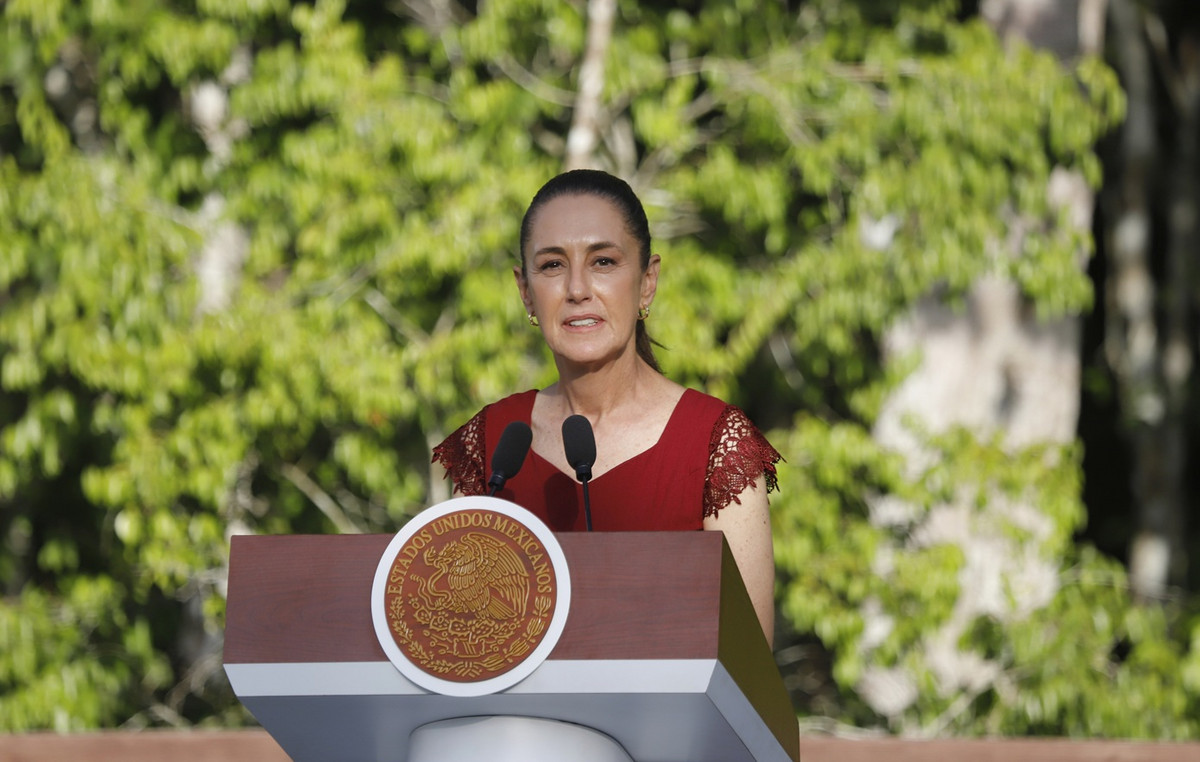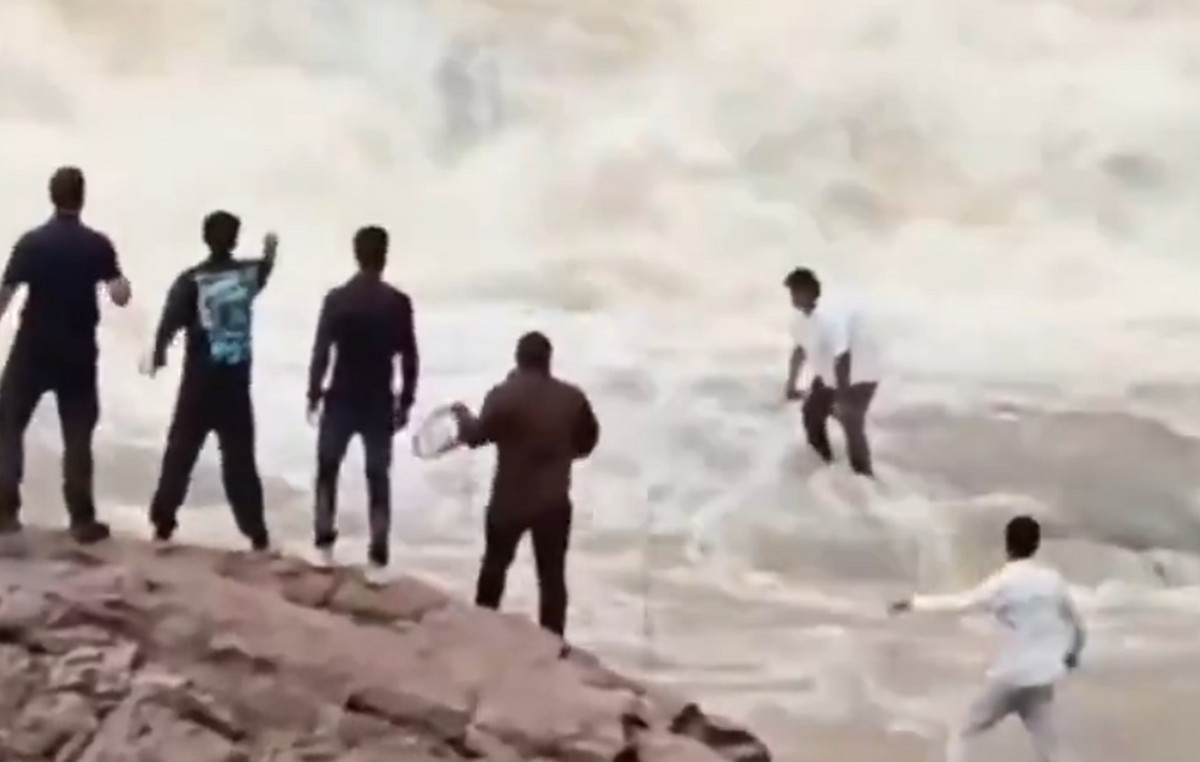In a country that has plenty of water, we haven’t seen reservoirs with such low levels in 91 years. A drought that exposes the consequences of the environmental crisis, while the demand for energy grows, at a time that reinforces how dependent the population still is on the force that passes through the turbines.
About 40% of the Brazilian territory suffers from drought. As a result, hydroelectric power plants in the Southeast and Midwest of the country operated with the lowest power generation capacity since 2000, when the historical series began to be recorded.
The reservoirs in these regions, considered the great “water tank” of the Brazilian electricity sector, had an average storage capacity of 12% in the month of September. You never waited so long for a turn in time.
Due to last week’s rains, the Southeast and Midwest reservoirs had a breather, and no other dam in the regions operates at a level below 10%. Experts say the situation is calmer but still needs attention.
Weight no bag
While the levels do not return to normal, the bill weighs on consumers’ pockets. The water scarcity banner took the energy banner to heights: R$14.20 for every 100 kWh.
Twenty years ago, 85.6% of all energy produced in Brazil came from water sources. Today, the number is around 65%. This is because there was a diversification of the matrix, which makes Brazil less dependent on hydroelectric plants.
For the professor of the Hydraulic and Environmental Engineering department at USP José Carlos Mierzwa, population growth requires better management of water use.
The reservoir is not specific for energy production. So, you need to see what other uses you are competing with, and then you need to prioritize or find alternative ways to preserve the water resource
José Carlos Mierzwa, professor in the Department of Hydraulic and Environmental Engineering at USP
Prolonged drought affects not only energy production, but also food production, animal husbandry, and forest fires. In some regions, there is already a lack of water in the taps.
Studies indicate that drought may be a consequence of global warming due to the burning of fossil fuels, natural phenomena such as a more intense La Niña, and deforestation in the Amazon.
A worldwide phenomenon
The UN meteorological agency warned at the beginning of last month of a water crisis if there are no urgent reforms in global water management.
Climate change is set to accentuate droughts and floods, and the scenario could be devastating: 5 billion people are at risk of inadequate access to water by 2050.
Reference: CNN Brasil
I am Sophia william, author of World Stock Market. I have a degree in journalism from the University of Missouri and I have worked as a reporter for several news websites. I have a passion for writing and informing people about the latest news and events happening in the world. I strive to be accurate and unbiased in my reporting, and I hope to provide readers with valuable information that they can use to make informed decisions.







